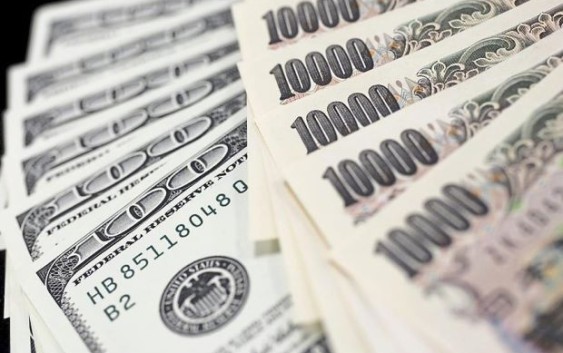The Star – February 18, 2016 – Volatility in currency markets will be elevated, boosting trading as investors remain fixated with the reaction of central banks to turmoil in financial markets, according to UBS Group AG.
A JP Morgan Chase & Co gauge of global exchange-rate volatility surged to a four-year high of 12.5% on Feb 11 amid concern that monetary policy tools were losing their potency. The market will continue to see “heightened volatility for some time,” said Anthony Hall, regional head of foreign exchange, rates and credit in Asia Pacific at UBS, the world’s fifth-biggest currency trader.
“There’s a sweet spot of volatility in the 10-to-15% range, where it’s moving in decent ranges but not too crazy in either direction,” Hall said.
“The best thing for business tends to be a trending market because that really gets people interested in hedging accordingly or taking directional positions.”
JP Morgan’s index of volatility rose to 11.7% on Tuesday, from 11.6% on Monday.
The yen had its biggest two-week gain since 1998 in the period ended Feb 12 as Japan’s current-account surplus attracted investors seeking havens from market turmoil.
The currency briefly strengthened past 111 per dollar on Feb 11 from its closing level of 121.14 on Jan 29, when the Bank of Japan outlined its negative interest-rate strategy.
The yen climbed 0.2% to 113.86 per dollar at 12.37 p.m. in Tokyo.
Japanese officials stepped up expressions of concern last week as the currency’s strength threatened to undermine Prime Minister Shinzo Abe’s efforts to revitalise the economy.
Implied one-month volatility for dollar-yen trading reached 15.86% on Feb 11, the highest since the middle of 2013. The measure was at 14.3% yesterday.
“There’s a bit of concern about potential BOJ intervention as we get closer to 110,” Hall said.
“Intervention probably doesn’t change any long-term outlook for the currency, but it can help manage the volatility.”
Anxiety over China’s ability to manage a slowing economy and slumping oil prices have clouded the outlook for global growth, fueling a sell-off that has wiped out more than US$7 trillion from global equities this year.
China’s foreign-exchange reserves shrank by US$99.5bil in January, the second-biggest decline ever, as the central bank sold dollars to fight off yuan depreciation pressure.
“China, more than anything, is on everyone’s minds, and not just within the region but globally,” Hall said.
“It feels like the natural level is a weaker yuan, but they can’t actually get it there without causing a big disturbance to financial markets. In that situation, a better thing to do is probably to keep it more stable and hope that the outflows abate.”
While central banks in Europe and Japan have signalled that they stand ready to do what is needed to spur growth, Federal Reserve Chair Janet Yellen said last week that continued turbulence may throw the central bank off course from the multiple rate increases that policy makers have signalled for 2016.
“With all the turmoil in the markets, any potential future raises are off the table and likely to be delayed,” Hall said. – Bloomberg

